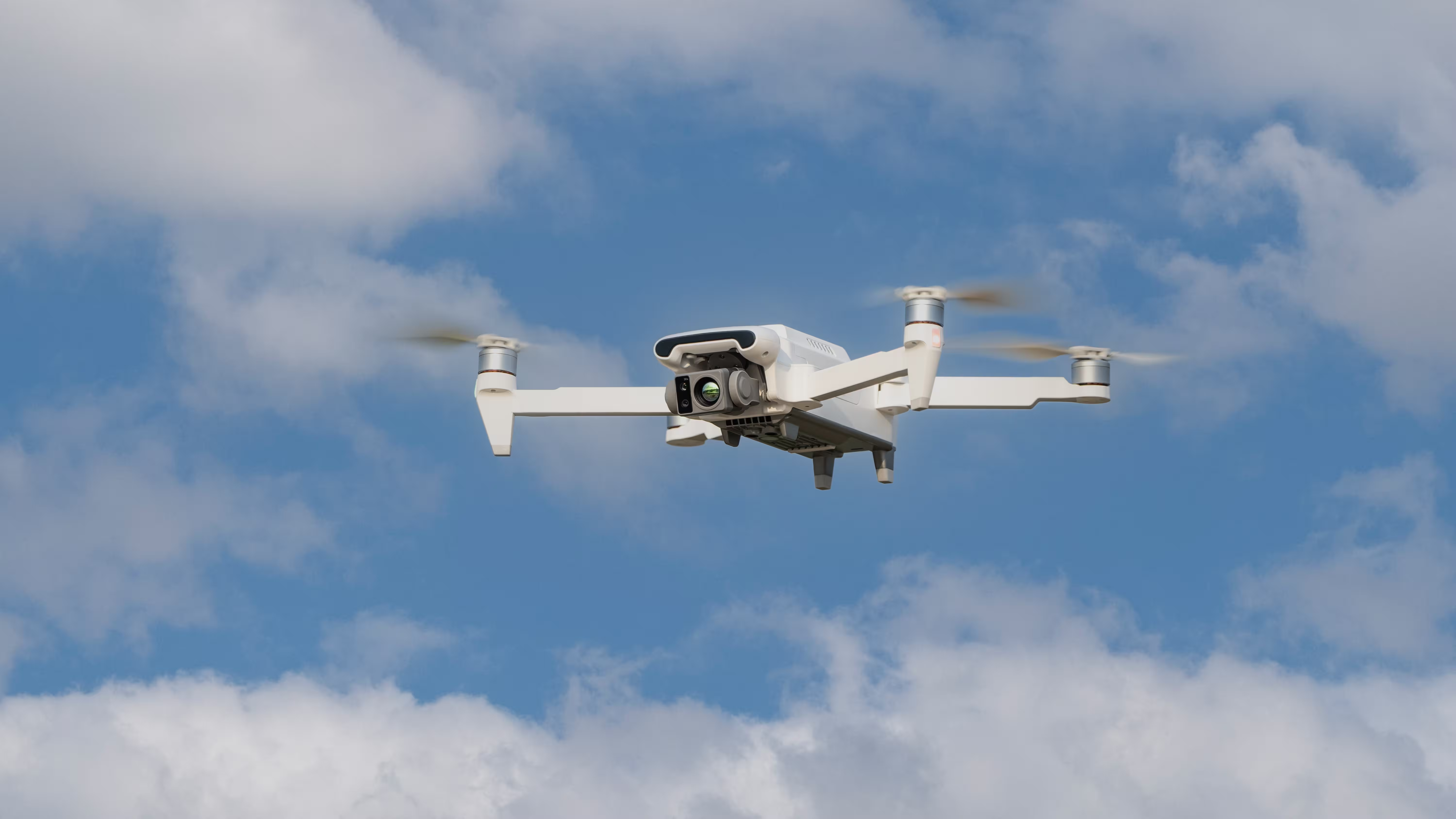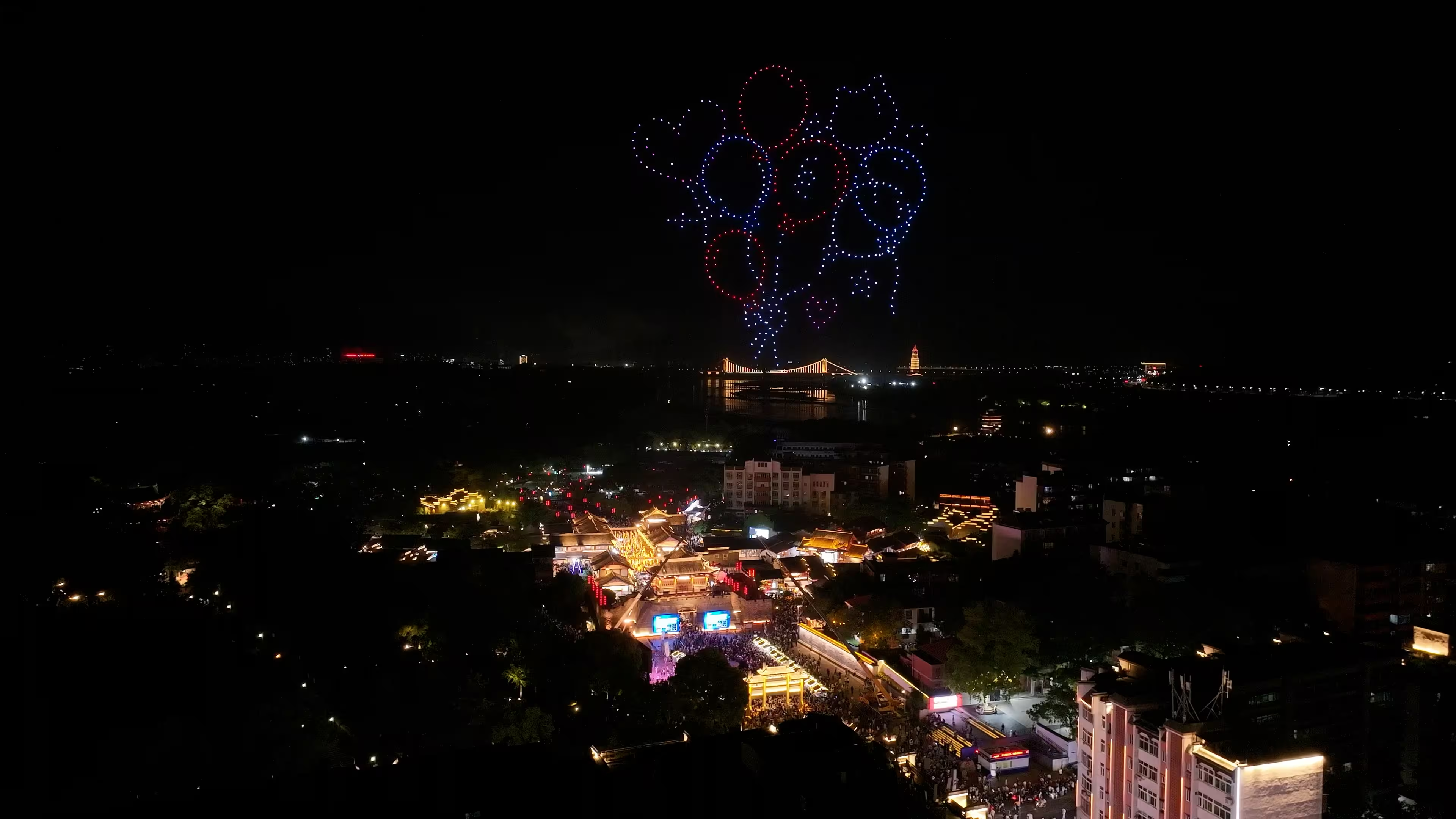What is a Drone with Infrared Camera?
A drone with an infrared camera is a UAV equipped with thermal imaging capabilities that allow it to visualize heat rather than visible light. Infrared cameras detect radiation in the long-wave infrared spectrum (8–14 µm), making it possible to “see” temperature variations across surfaces, equipment, or living beings—even in complete darkness.
This combination of infrared vision and aerial mobility creates a powerful tool for industries where detecting heat, energy loss, or hidden targets is crucial.
Infrared vs Thermal: What’s the Difference?
Technically speaking, “infrared camera” and “thermal camera” refer to the same core technology when used in drones—sensors that visualize temperature differences. However, in practice:
- Infrared camera is a broader term used by general consumers.
- Thermal camera is more accurate in professional and industrial contexts.
Both terms are often used interchangeably, especially in drone applications. So when you’re searching for a drone with infrared camera, you’re likely referring to a thermal imaging drone.
Use Cases for Infrared Camera Drones
1. Firefighting and Hazard Assessment
Drones with infrared cameras help firefighters detect hidden flames, track hotspots, and monitor fire spread—even through smoke. They’re also used in hazmat situations to detect heat from chemical reactions or radiation sources.
2. Night Surveillance and Border Security
Security forces deploy infrared-equipped drones for night operations, allowing them to monitor perimeters, detect human movement, and locate intruders in complete darkness.
3. Electrical and Mechanical Inspection
Infrared drones can detect overheating parts in power lines, substations, and transformers before failure occurs—saving cost and preventing outages.
4. Search and Rescue (SAR)
In low-visibility environments such as forested areas, mountains, or disaster zones, infrared imaging helps locate missing persons, injured survivors, or heat signatures from vehicles.
5. Wildlife & Agricultural Monitoring
Track animal movement at night, measure herd health via body temperature, or assess field irrigation by identifying cold/dry soil areas—all from above.
Key Features of an Infrared Drone
- Thermal sensor resolution: 640×480 or higher recommended for detailed imagery
- Radiometric output: Ability to capture exact temperature per pixel for analysis
- Visual + IR dual camera: Merged view or side-by-side thermal and optical footage
- Autonomous missions: Grid, corridor, or waypoint-based flight plans
- Stable, long-endurance platform: Wind resistance and 30+ minutes of flight time
MMC X8T: Professional Drone with Infrared Camera
If you’re looking for an advanced infrared camera drone for industrial or tactical missions, the MMC X8T is a field-proven solution built for performance in the most demanding conditions. Key features include:
- High-resolution infrared camera: 640×480 thermal sensor with radiometric data output
- 4K visible light camera: Integrated on a dual-gimbal for multi-layered imagery
- Heavy payload capability: Supports custom modules including LiDAR, loudspeakers, and spotlights
- 30+ min flight time: Stable hover even with wind and payload
- Military-grade durability: Industrial materials and weather resistance for reliable operation
How to Choose a Drone with Infrared Camera
- Define your use case: Rescue, inspection, agriculture, or surveillance?
- Check thermal resolution: 640×512 is ideal; lower is OK for basic detection
- Look for dual camera systems: Thermal + RGB for better situational awareness
- Consider software compatibility: Does the drone support thermal mapping or analysis tools?
- Evaluate battery life and portability: Field-ready systems should last >25 mins per flight
Frequently Asked Questions
Q: Can infrared drones see through walls?
A: No. Thermal cameras detect surface heat, not through solid materials. However, they can detect residual heat or anomalies on surfaces that may indicate internal problems.
Q: Are drones with infrared cameras legal to use?
A: Yes, but regulations vary by country. You may need to comply with UAV licensing, no-fly zones, and data privacy rules—especially when capturing thermal data near people or property.
Q: What’s the difference between infrared and night vision drones?
A: Night vision amplifies existing light (usually near-infrared) to produce a visible image. Infrared (thermal) cameras detect emitted heat, not light—making them useful in total darkness or smoky conditions.
Real-World Example: Power Line Inspection
Utility companies are increasingly adopting infrared drones to scan high-voltage power lines for hotspots, insulator cracks, or failing connectors. With thermal imaging, these issues appear clearly as temperature anomalies, allowing for early maintenance without risky manual inspection.
SEO Variants & Related Terms
- Thermal drone
- Thermal imaging UAV
- Heat-sensing drone
- IR camera drone
- Drones with thermal cameras
Related Pages
Conclusion
A drone with infrared camera gives you eyes where human vision fails—through smoke, at night, or across large and inaccessible areas. Whether you’re a first responder, infrastructure inspector, or industrial operator, infrared drones offer safer, faster, and smarter ways to gather critical heat data.
Ready to elevate your aerial thermal capabilities? The MMC X8T is purpose-built for advanced infrared operations. Explore its features and see why professionals rely on MMC for thermal drone missions worldwide.




Comments